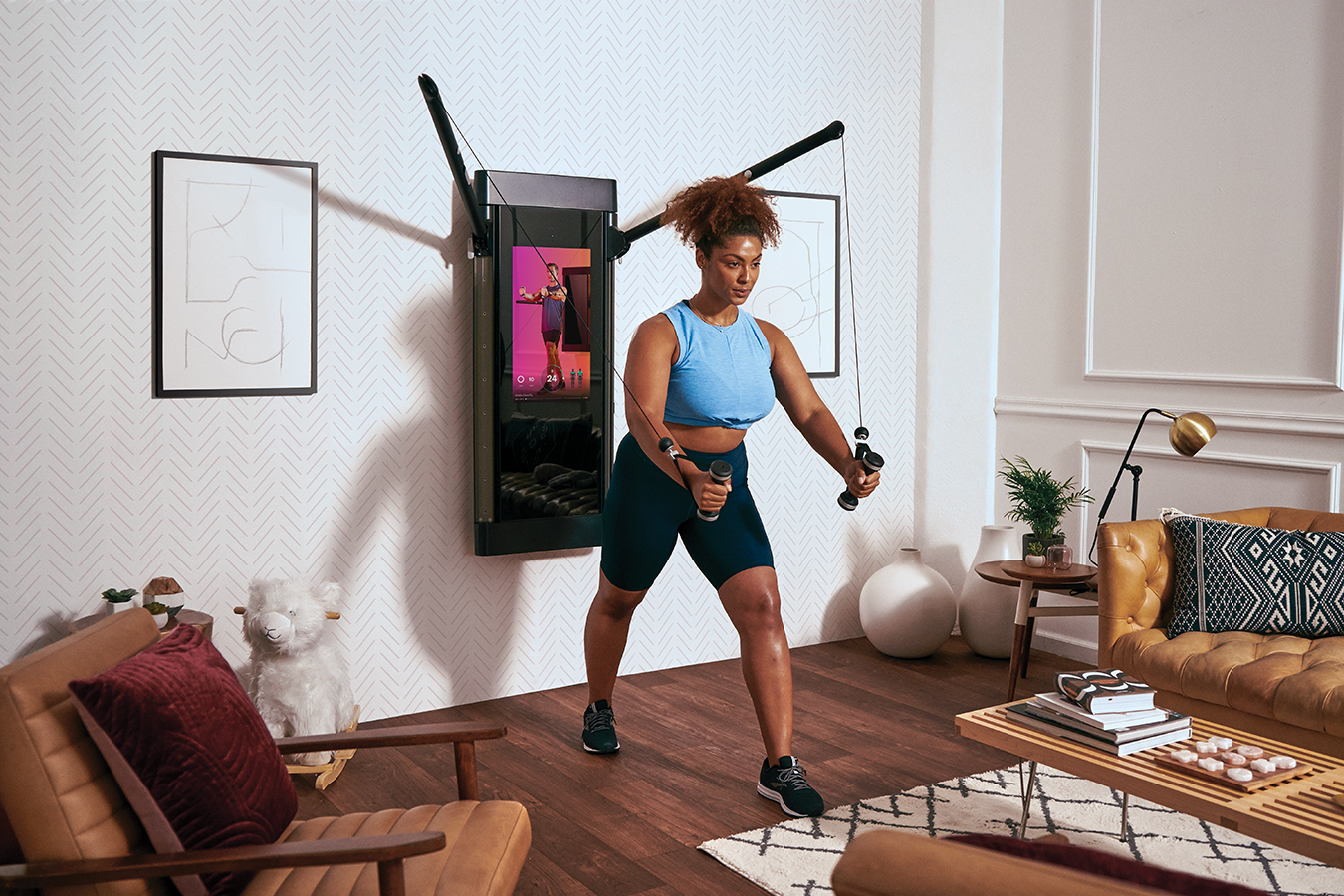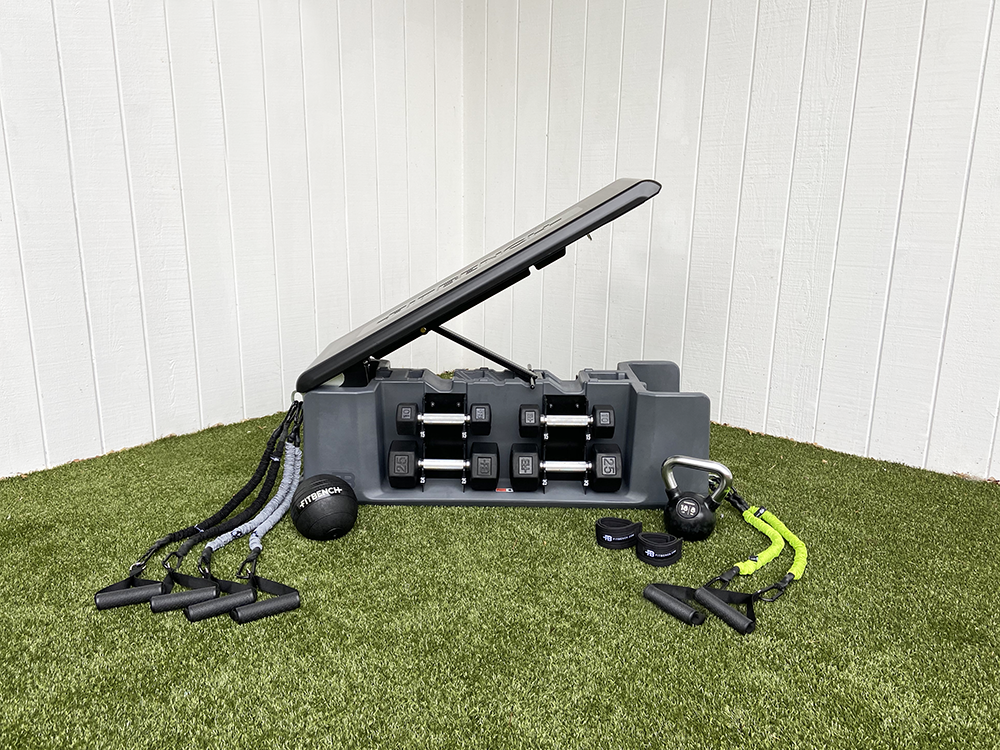
There is no question that consumers have a greater interest and are taking a more proactive role in managing their health and well-being. While we all are experiencing pandemic fatigue, COVID-19 has played a part in accelerating this trend, especially in the growth of personal health gadgets and tech.
Connected Health Awareness Increases
According to Parks Associates’ “Analyst Insight: Consumer Trends in Telecare and Connected Health,” released during the research firm’s Connected Health Summit in June, there has been a massive increase in technology adoption across the healthcare spectrum, including among consumers and clinicians. Remote health consultations, done via video, voice, or text, have grown considerably from Q2 2019, with only 15 percent of U.S. broadband households (5,000 surveyed) utilizing these tools, to 64 percent in Q2 2021.
“The use of electric devices has skyrocketed,” reported Kristen Hanich, senior analyst for Parks Associates. “Technology is now perceived as a valuable tool as opposed to a threat.”
This is reflected in the data, as Parks Associates reports that 55 percent of surveyed consumers “own an Internet-connected health or fitness device that captures biometric data.” Users cited several uses for these devices, including chronic condition monitoring, telehealth diagnostic support, independent living, and fitness support.
The trend of user-controlled health monitoring has been growing over the last few years, said Jan Vitrofsky, founder of HEDsouth, a tech integration company that provides clients with planned solutions involving entertainment, health and wellness, lighting, shades, and smart home control.
“Over the past couple of years, consumers have become much more aware and invested in their health and well-being, and are tapping into whatever tools and devices are available to enhance their wellness,” noted Vitrofsky. “For example, they have seen Apple provide smart device standard settings for warm light tones and cooler light tones for better sleep and productivity. And people now understand that smart apps can monitor sleep, temperature, heart rate, and more. We’re seeing these trends in consumer understanding, both inside and outside the home.” Vitrofsky was instrumental in introducing global wellness company Delos to home automation companies such as Crestron and Lutron. Delos “develops products, programs, and solutions that transform environments into vehicles for health, well-being, performance, and resilience.” The company pioneered the WELL Building Standard, which is now the global benchmark used to promote health and well-being in buildings.
Delos also introduced the DARWIN Home Wellness Intelligence — an automated solution that helps enhance energy, sleep, and overall well-being, while reducing indoor contaminants through air, water, light, comfort, and sound solutions.
Measuring of these vitals elevated during the pandemic. The Oura Ring gained notoriety in 2020 when the players of the NBA began wearing the device to catch early signs of COVID-19. Oura’s Readiness metric measures sleep and activity rate over a two-week baseline period and evaluates heart rate, heart rate variability, temperature, and respiratory rate.
The Oura Ring is not the only device of its type on the market, however. WHOOP is a 24/7 wearable technology that measures external and internal stressors on the body, both in training and in everyday life. Endorsed by popular athletes, including NFL player Patrick Mahomes, WHOOP measures physiological data, including Sleep (recommending ideal sleep and wake times based on personal circadian rhythm); Strain (cardiovascular load throughout the day); and Recovery. It provides actionable feedback for each factor, identifying areas for improvement and reinforcing positive behaviors. The company, which has grown from 120 employees in January 2020 to 500 employees today, saw a great increase in membership, with fivefold growth year over year from Oct. 2019 to Oct. 2020.
In comparison to other wearables, “we do not have a screen, lights, vibrations, etc., and have been intentionally designed to be a personalized, digital fitness and health coach supporting member needs,” offered a WHOOP spokesperson. “WHOOP is the only truly continuous 24/7 monitoring device, as our battery pack can slide onto the device without ever needing to remove WHOOP to charge.”
“There’s no question that people are far more sensitive and aware of their personal health and wellness,” Vitrofsky added. “It has really evolved into more of a given than a ‘nice to have,’ and we will see this trend continue. I find that raising the topic of integrated home wellness systems is easier than it was pre-pandemic — and even compared to just six months ago… We’re moving more quickly in discussions from why we do it to how we do it.”

The Home Fitness Market Evolves
A conversation involving wellness in the home cannot go without mentioning fitness. The home fitness market has seen a surge due to 2020’s pandemic restrictions as well as consumers’ heightened interest in controlling their health outcomes.
A report from ReportLinker [Home Fitness Equipment Market — Growth, Trends, COVID-19 Impact, and Forecasts (2021-2026)] suggests: “The North American market witnessed significant growth, due to the rising health awareness among consumers with the growing adoption of exercises related to physical well-being, weight management, improving body stamina, and muscular strength driving the market growth in the country… Furthermore, the rising preventive healthcare measures and the augmenting healthcare costs are enabling consumers to engage in regular workouts to remain fit.”
According to a report by Allied Market Research, the global at-home fitness equipment market was estimated at $5.54 billion in 2019, and is projected to reach $11.45 billion by 2027, growing at a CAGR of 7.8% from 2021 to 2027.
One of the most popular additions to the home gym is Tonal’s AI-powered total body fitness system. A spokesperson from the company shared that it “has seen unprecedented demand due to the necessity of an intelligent at-home gym during the pandemic. The adoption of smart at-home workout equipment during the pandemic has taught consumers that they should expect more from their workouts. A new demand for innovation has emerged, and we don’t expect it to slow down.”
Tonal has updated weightlifting by replacing heavy metal plates with an AI-connected electromagnetic system that assesses and coaches users, helping them set and achieve goals in an optimized and personalized way. Weights are optimized and adjusted precisely according to how much stronger a user is getting. The heart rate zone feature can be integrated with other devices, such as a heart rate monitor and Apple Watch. Tonal’s Heart Rate Zone provides data about heart rate so users can burn more calories and lift with more intensity during a workout. Users can track current heart rate zones either on Tonal or with an Apple Watch.
Tonal recently partnered with luxury retailer Nordstrom. “Partnering with Nordstrom was a natural fit for Tonal to be in front of the eyes of target customers,” said the Tonal spokesperson. “With supercharged demand, partnering with Nordstrom allowed us to quickly increase our retail footprint for prospective customers to feel the magic of Tonal before they purchase.”
Another innovator in the fitness market that realized that gym enthusiasts were searching for similar solutions at home is Tyler Danen, founder of FITBENCH. Having worked in sales for a decade for Woodway, a treadmill manufacturer, and with IronMan experience behind him, Danen noticed a need for a consolidated solution to house gym accessories, creating the product five years ago. Originally designed for commercial use in boutique studios, the FITBENCH was increasingly admired and requested for home use.
Danen introduced the FITBENCH FREE last month to cater to exercisers who enjoy going to the gym for social engagement, but also want the same experience at home. He says this trend had begun before the pandemic, but COVID-19 certainly accelerated it. There are two models: naked and fully loaded. The “naked” version serves as storage for equipment the user already owns, and the fully loaded version comes with resistance bands, four sets of weights, a Slamball, and a kettlebell.
“Going forward, I believe there is going to be a flex model, where people are working out a couple of days at home, and then a couple of days in the gym,” Danen said.
The product, which Danen describes as functional bench storage, is also completely manufactured in the U.S., and will soon be paired with an app, where users can follow interactive workouts with trainers. It can stream to any device and will feature Feed.FM, which provides curated playlists for workouts.
Personal Health Gadgets and Fitness Tech Moving Forward
The key word here is “moving.” It seems that consumers will continue to accelerate the movement trend. According to a June 2021 report from RunRepeat, “Fitness Trends 2021: New Trends in Fitness,” the three fastest-growing fitness trends amongst active adults: at-home fitness equipment (up 49.6 percent); personal trainers/nutritionists (up 47.5 percent); and online fitness courses, classes, and subscriptions (up 16.8 percent). The report, which surveyed 4,538 active adults from 122 countries, also stated that home fitness is growing explosively among active Americans and gym members. There were significant increases in both at-home fitness equipment (up 218.3 percent) and online fitness (up 134.7 percent). Gym members also saw significant increases in both at-home fitness equipment (115.9 percent) and online fitness (93.3 percent).
SUMMARY:
- There has been an increase in technology adoption to manage/
monitor health outcomes. - User-controlled health monitoring has been a growing trend, further impacted by the pandemic.
- At-home fitness has exploded to complement the growing interest in health and well-being.

Stephanie is the Senior Managing Editor for Connected Design.














